Scorpion Atoll Bonefishing
"I visited the Yucatan Peninsula in December of 2016 and also hosted a trip here in May of 2017. Scorpion Reef (Spanish: Arrecife Alacranes) is a Marine Reserve Park. Sea turtles and exotic birds nest on the five islands in this area. There are only a couple of buildings on the main island, and the few people who live here oversee the lighthouse. This trip involves a lot of walking, but the size and numbers of the bonefish are worth it." - Brad Staples
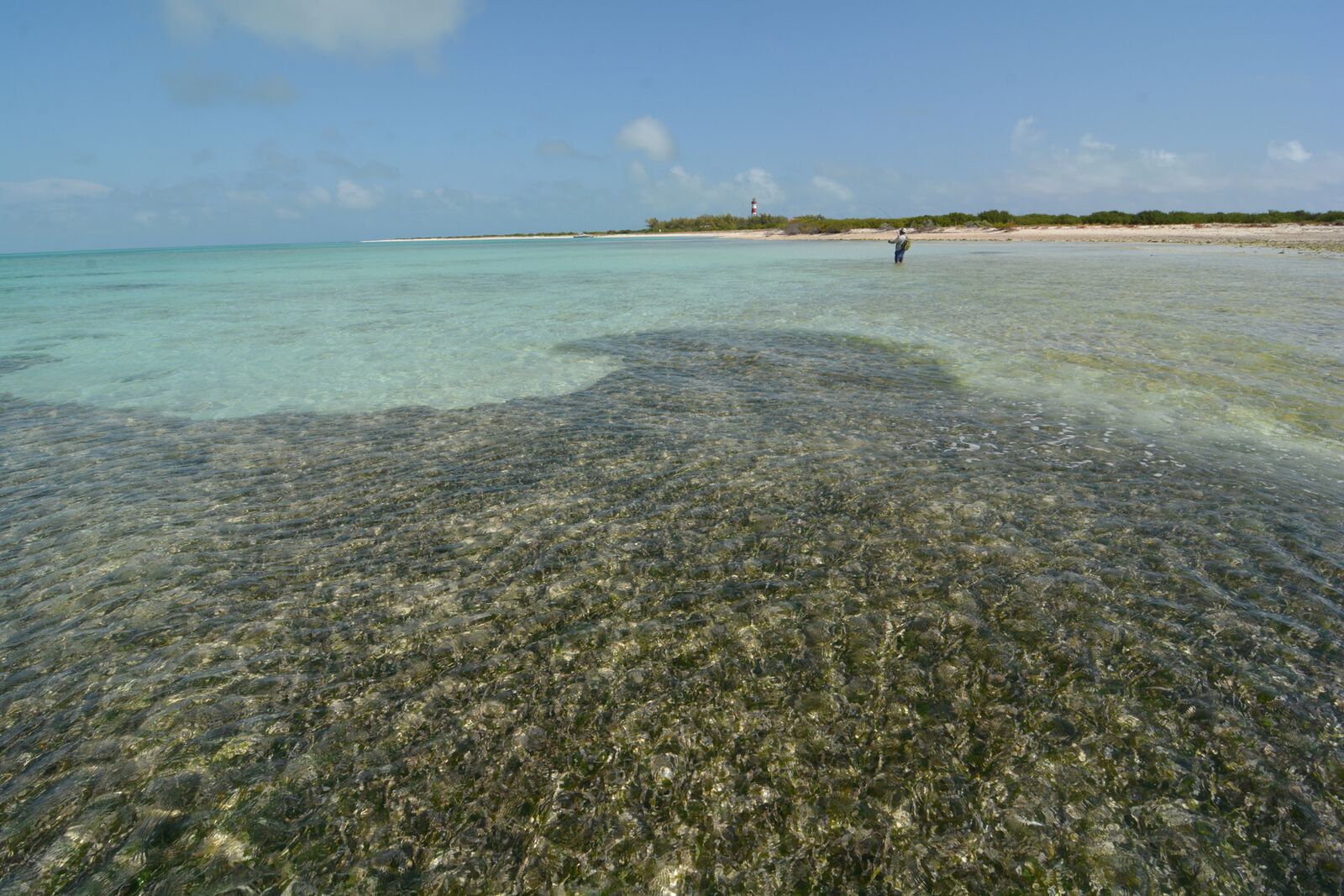
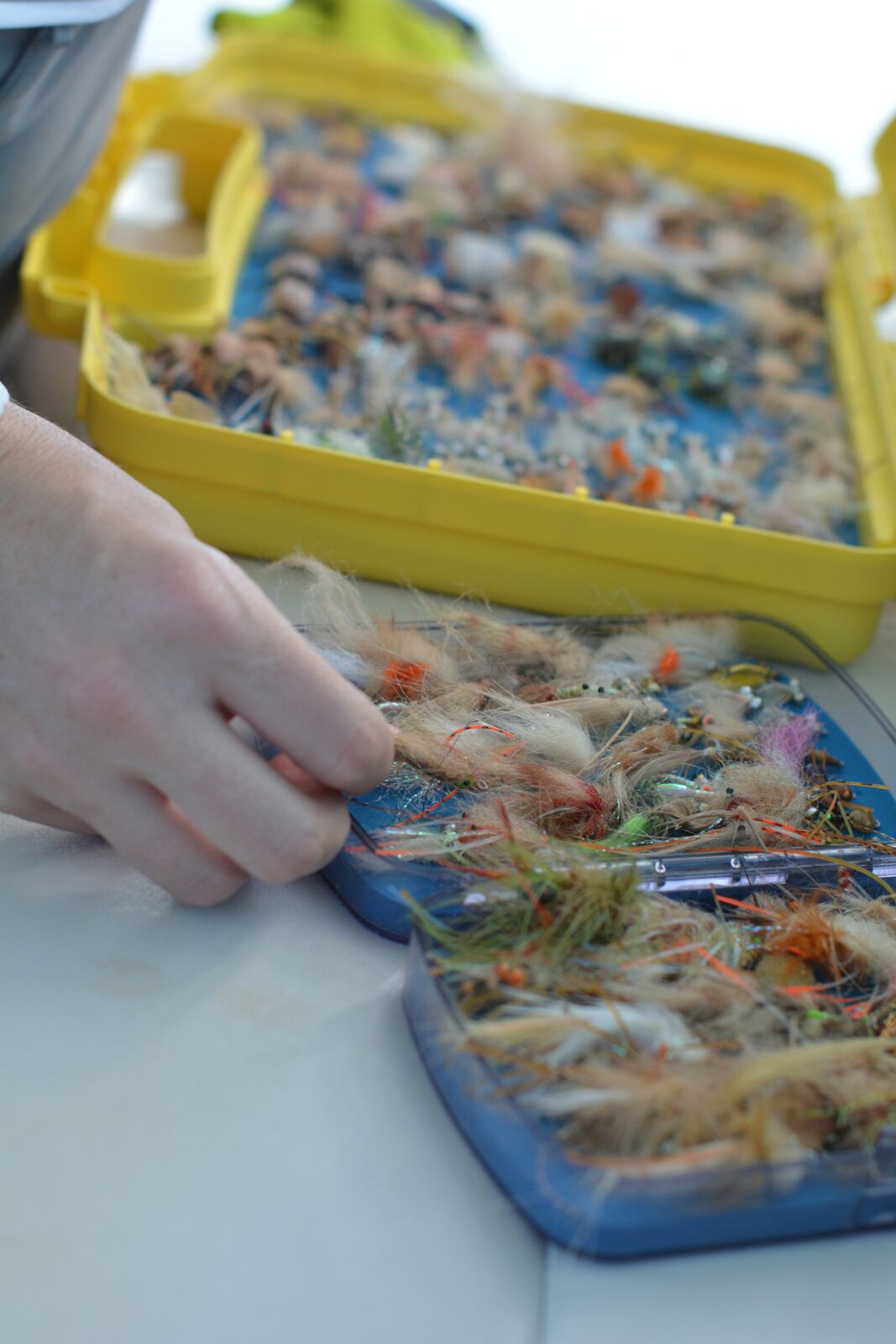
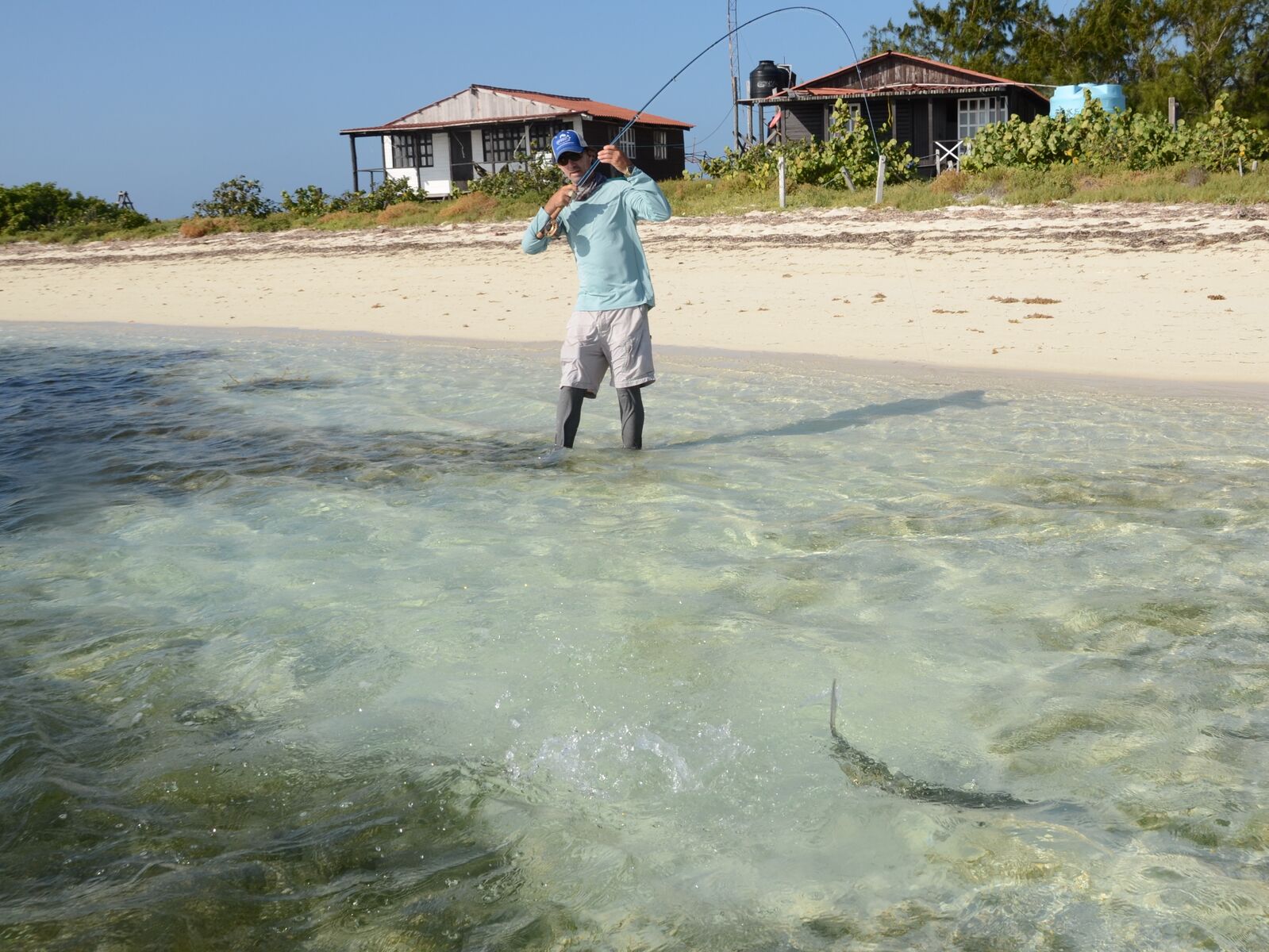
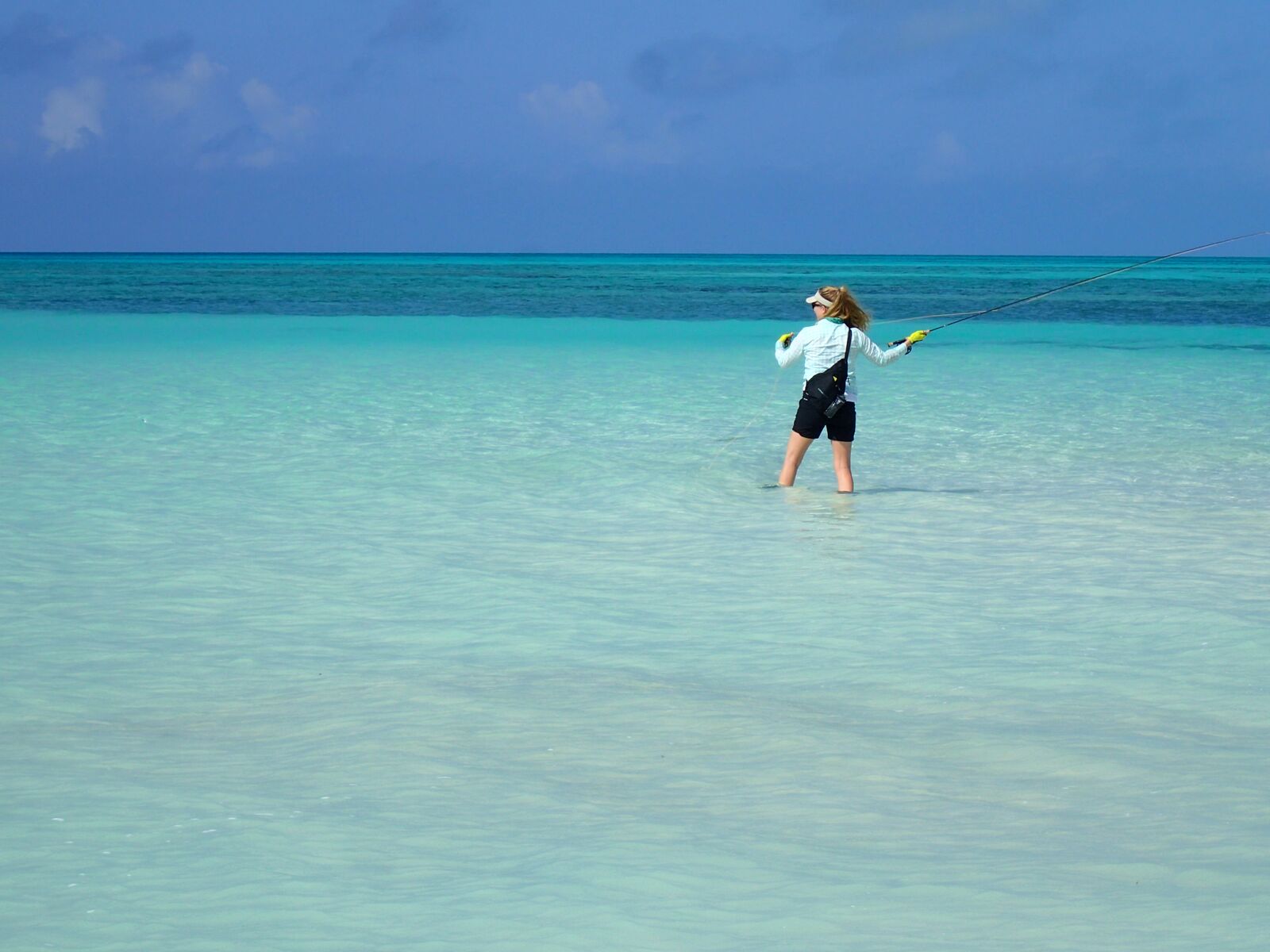
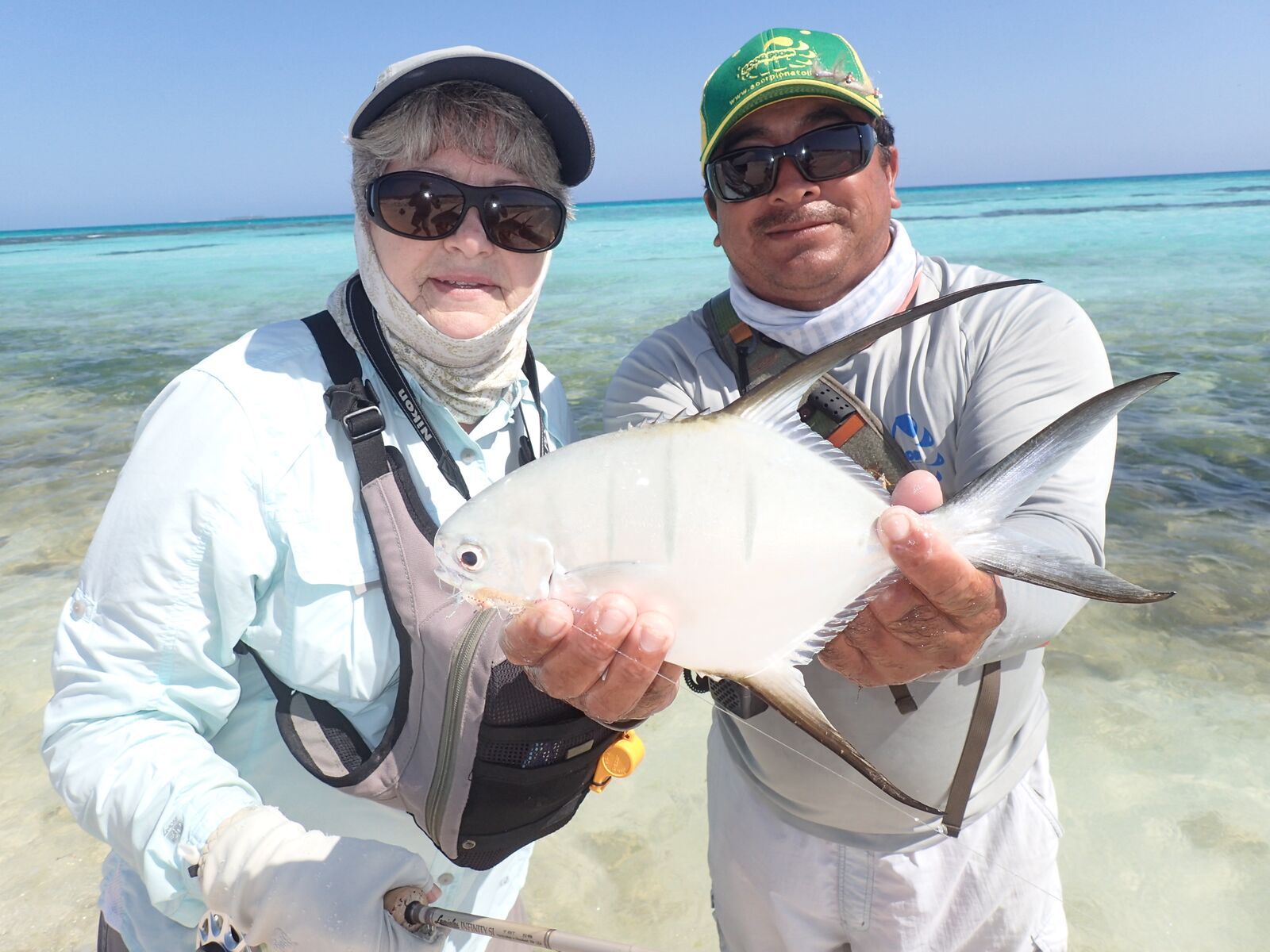
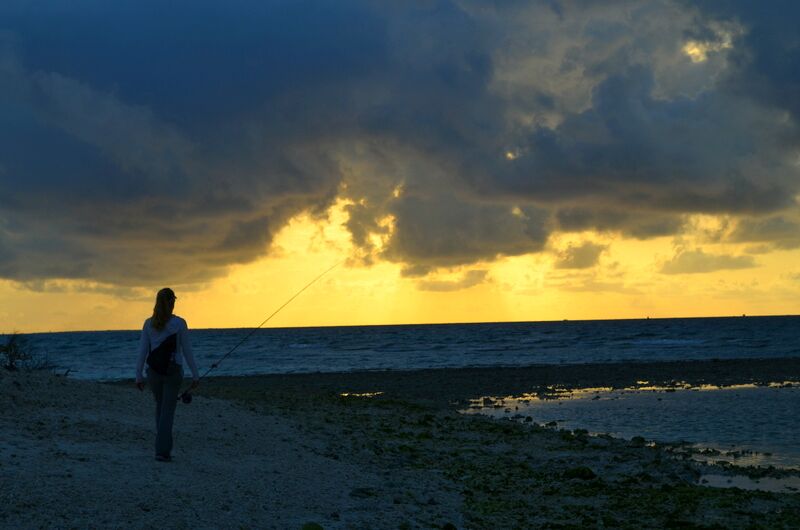
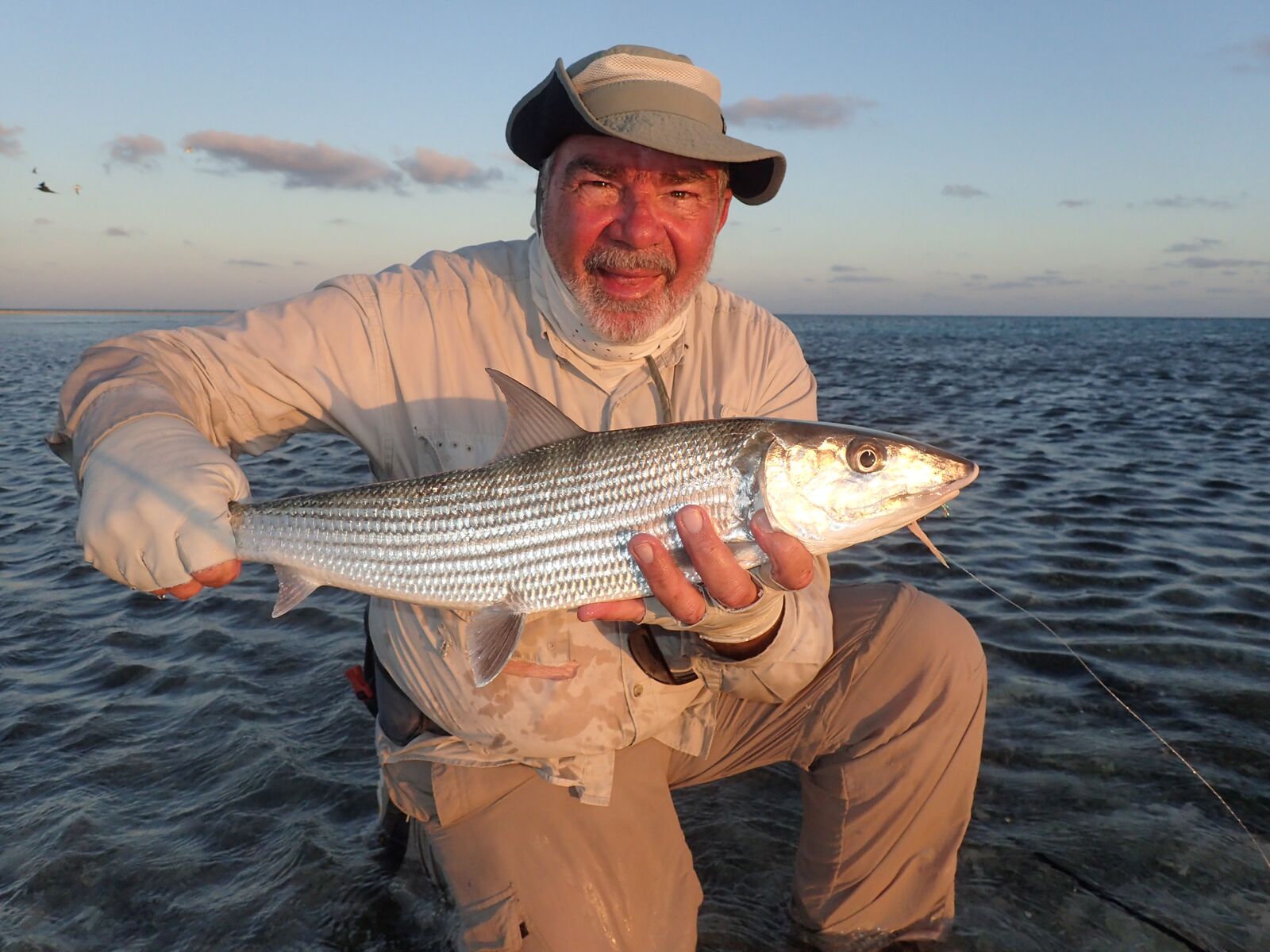
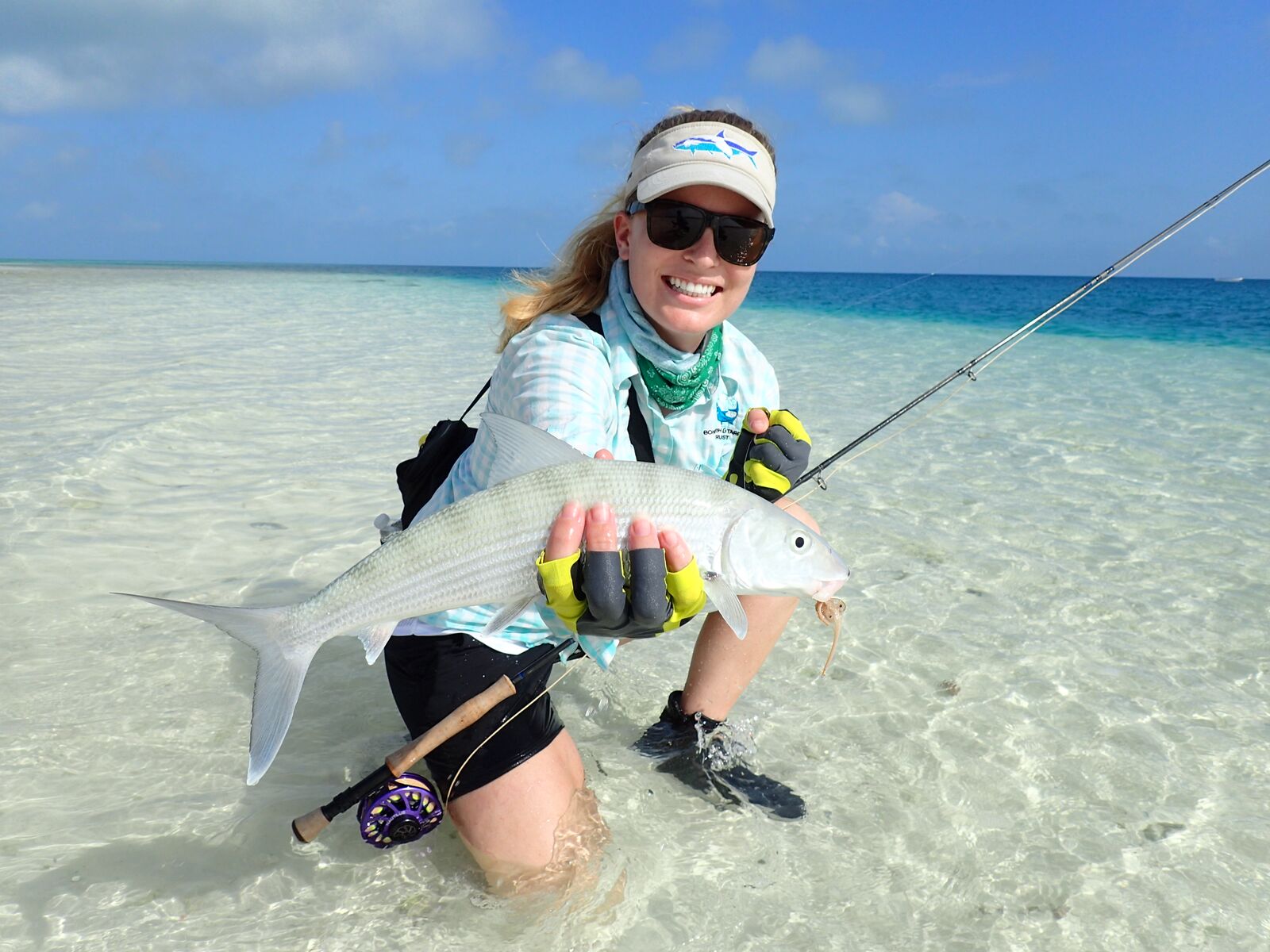
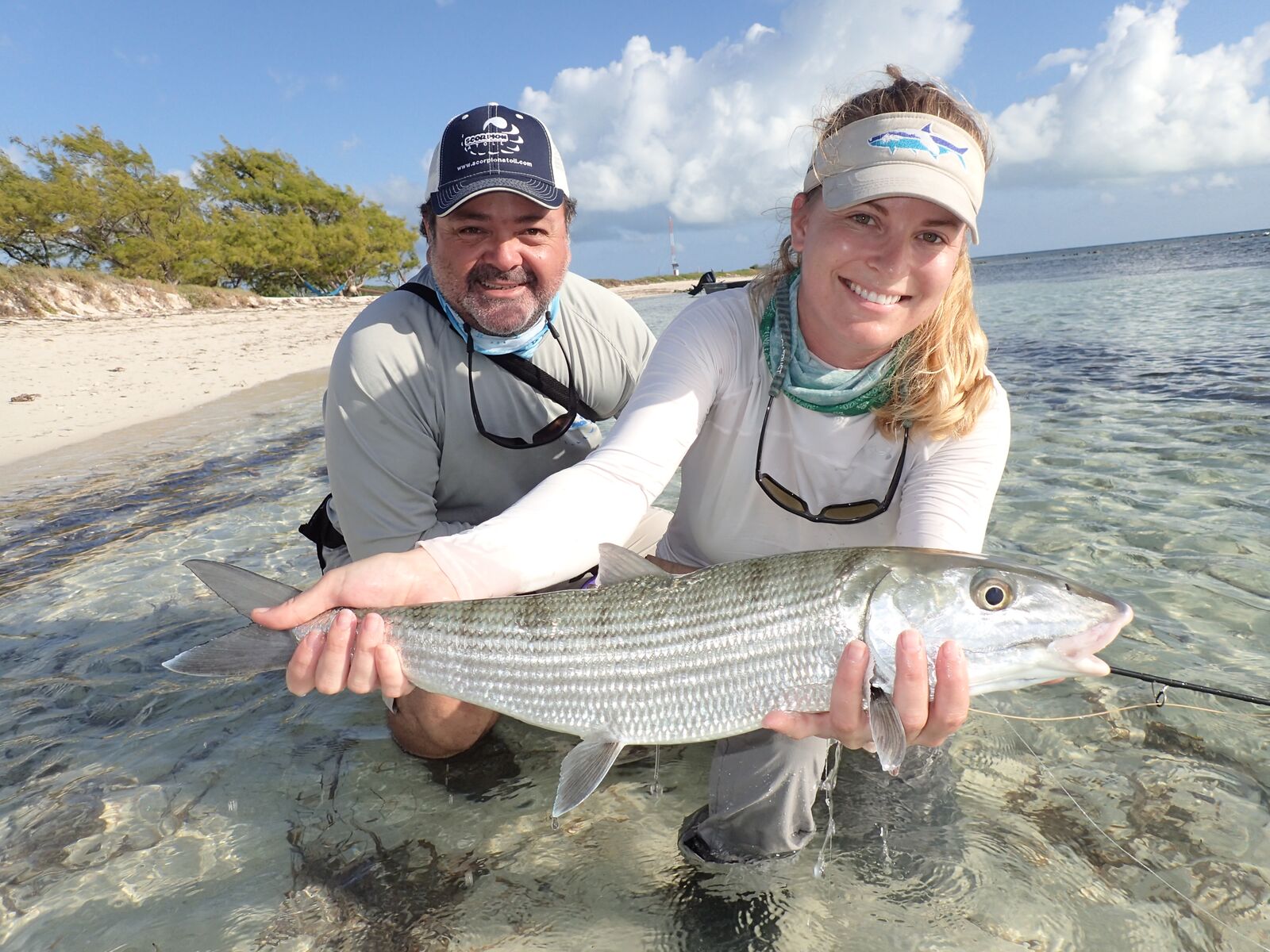

Bonefishing - Scorpion Atoll - Mexico
“This is a very special fishing adventure. Due to its remoteness, not many people that have been able to fish Scorpion Atoll. This is probably the best opportunity to catch large--5-to 7-pounds--bonefish consistently anywhere in Mexico. Try and experience this unique place before more anglers discover it!"
- Brad Staples
This destination is unique compared to other flats fishing locations in the Yucatán Peninsula. The bonefish and permit are larger than those that are found in Ascenison Bay. There are also other species to fish for: barracudas, trigger fish, sharks, amberjacks, mutton snappers, and more.
Scorpion atoll guides and boats
The best time to fish Scorpion Atoll is April through the middle of June, then October through November.
The Guides are native fishermen with an outstanding ability to read the water. They are very experienced at working with anglers of all skill levels. Although not all of them speak English, you can expect them to give you their best effort in finding you lots of action. Two anglers per guide.
To help you reach the farthest unexplored flats of the atoll where the liveaboard can't navigate there will be one to two panga’s with outboard motors used for transportation.
Please Note: For each trip to Scorpion Atoll, we must have a group size of four to five anglers.
Read Brad's Scorpion Atoll Combo Recap.
About the Liveaboard
They recommend you be in fairly good shape. You’ll be far from shore and away from any medical assistance, if needed. The only way of getting in and out of the atoll is by boat. There are no airways nor heliports nearby. The closest point is the dock where you depart from, which is about four to six and a half hours away by boat.
The Liveaboard: The outfitter uses different liveaboard boats, depending on availability. Most are about 50’ long custom, offshore vessels. They have air conditioning and are powered by 500-h.p. diesel engines. The boat will accommodate a group of four anglers and the crew in comfortable berths and bunks. They have a galley and two full bathrooms with a sink, shower, and toilet.
Meals: A simple but complete menu is offered. Breakfast includes cereal, fruit, coffee, toast, scrambled eggs, omelettes, pancakes, and peanut butter and jelly. Lunch may be fresh ceviche, ham and cheese sandwiches, or pastrami and cheese. Dinner might be a fresh fish plate from the daily catch—grilled with garlic and butter—or steak tacos and fajitas from the grill.
Beverages: Bottled water, sodas, electrolyte drinks (Gatorade), beer, tequila, wine, rum, and black label scotch are included.

